Ultimate lazy chanko – Can you make Japan’s sumo wrestler hot pot stew in a rice cooker?
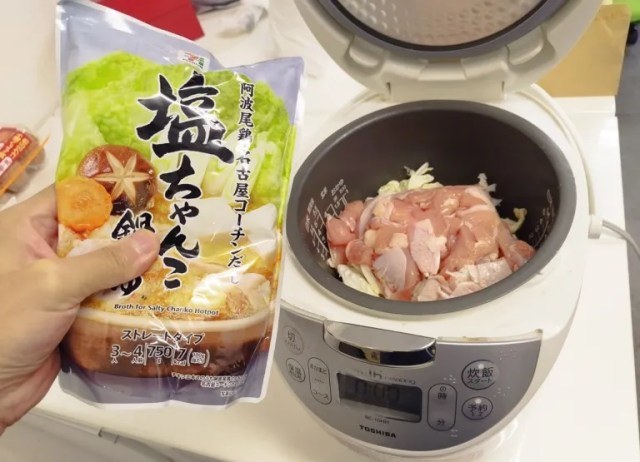
If you don’t have a team of sumo wrestlers to cook chanko nabe for you, will a rice cooker do the job for a one-person hot pot meal?
Given their girth, you might expect sumo wrestlers’ diet to consist of delicious, high-calorie foods. You’d actually be only half right, though. Yes, in order to build body weight sumo wrestlers need to eat a lot, which is definitely easier to do if the food you’re eating tastes great, but sumo wrestlers are also professional athletes, so they need to build muscle too, not just fat.
Because of that, the staple food in the sumo wrestler diet is a hot pot dish called chanko nabe, a stew with a chicken and/or bonito-stock broth and a mixture of meat (primarily chicken) and vegetables. It’s actually a healthy, balanced meal, with the reason sumo wrestlers put on weight having much more to do with how much of it they eat as opposed to the calorific density of the ingredients themselves.
Chanko nabe is such a part of sumo culture that chanko-making duty is part of the daily list of responsibilities at sumo training dormitories (called “stables”), with designated wrestlers for each day tasked with preparing and serving the stew. But what about those of us who find ourselves craving chanko but don’t have an institutionalized hot pot-producing protocol as part of our lifestyles? What about, say, our Japanese-language reporter Seiji Nakazawa, who doesn’t even own a regular cooking pot, and who, after a long day at work, sometimes is feeling too lazy to make even a single cut with a kitchen knife?
No problem! Because even if you don’t have a junior sumo wrestler to make chanko for you, you can delegate the majority of the work to your rice cooker!
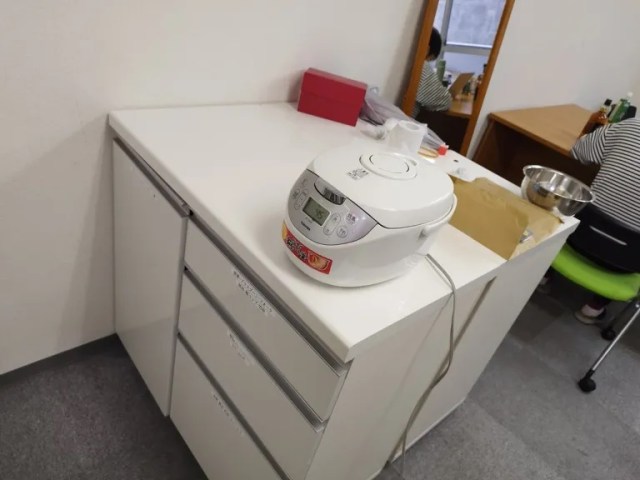
At least, that was Seiji’s theory after the successful results of his attempt to cook sukiyaki in a rice cooker while expending the least amount of effort possible. However, there’s an important difference between sukiyaki and chanko, as you might notice when you look at the ingredients Seiji used.
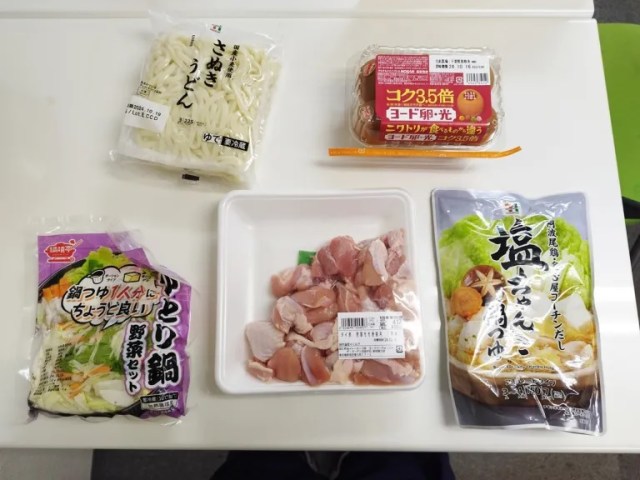
● Pre-cut chicken (385 grams [13.6 ounces])
● Pre-sliced vegetable pack (Chinese cabbage, green onion, carrots, bean sprouts)
● Chanko nabe broth (750 grams [26.5 ounces])
● Udon noodles
● Eggs (optional)
See, while sukiyaki uses thin-sliced beef, chanko instead calls for chunks of chicken. Seiji wasn’t sure if these larger, thicker pieces of meat would cook properly in the rice cooker. He was sure, though, that he didn’t want to go to the hassle of actually sitting there and stirring the stew as it cooked, so he kept his fingers figuratively crossed as he went through the bare-minimum steps he was willing to do. First, he tossed the vegetables into the rice cooker pot…
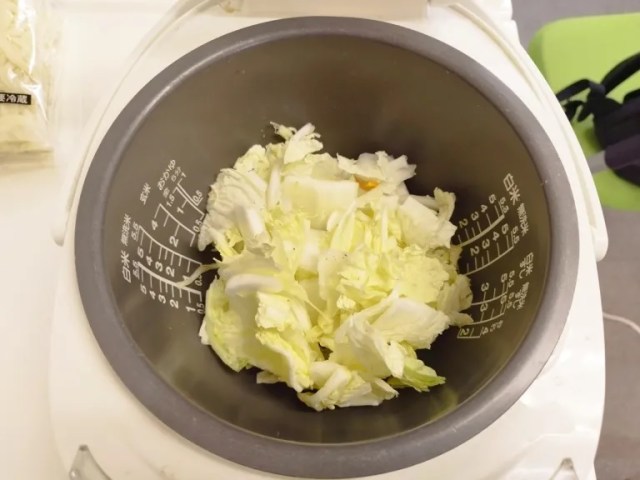
…then he added the chicken…

…and poured in the broth.
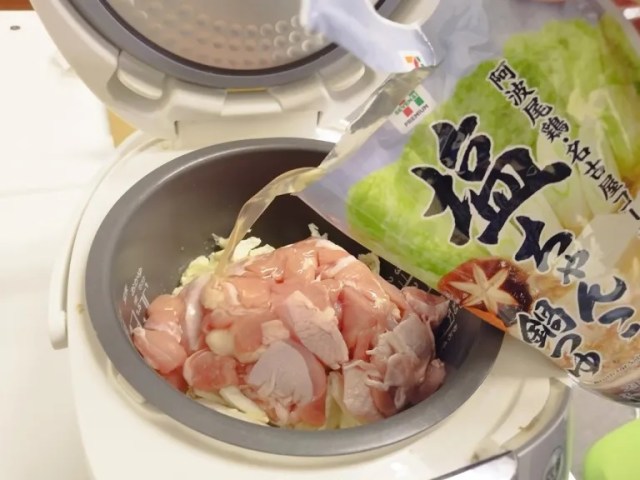
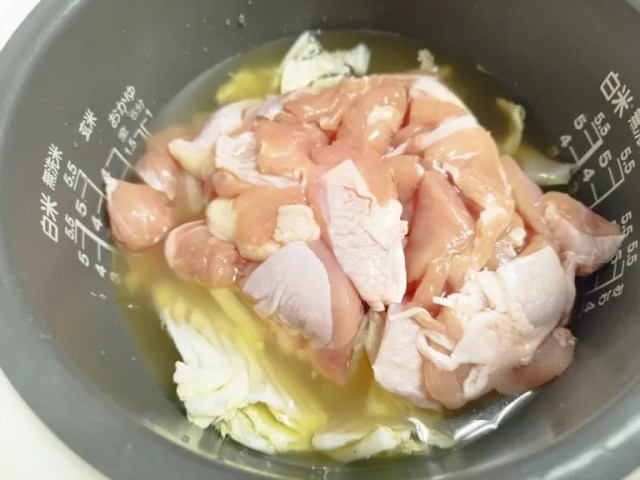
Now it was time to turn things over to the rice cooker, so Seiji closed the lid, hit the start button, and let everything cook for the standard 45-minute rice-cooking cycle.
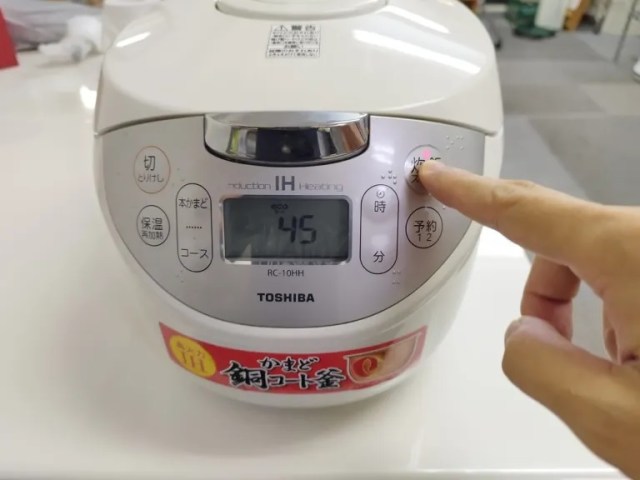
And when that time was up…
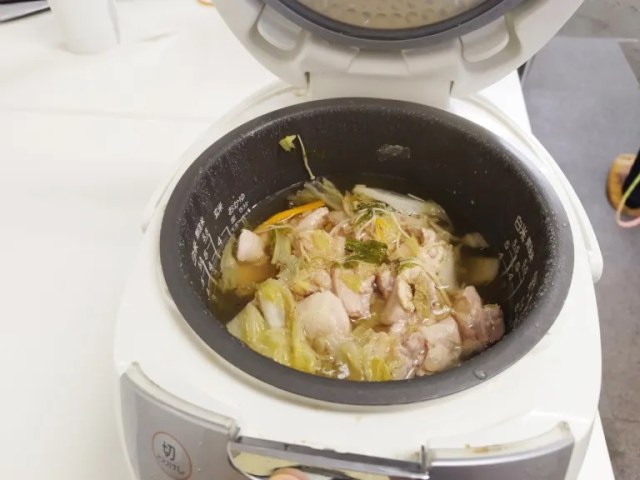
…Seiji had chanko nabe!
OK, so maybe we should have cleaned up the sides of the pot a little before snapping a photo, but we were pretty excited to see how it tasted, and it did not disappoint! Everything, including the chicken, was cooked all the way through, with all of the ingredients’ respective juices blending together with the initial broth for a rich combination of flavors. By leaving the rice cooker plugged in as Seiji ate, everything stayed nice and warm too.
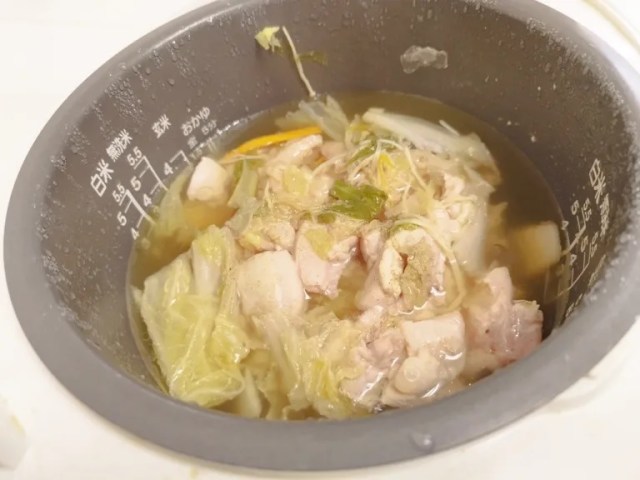
It’s customary to finish off a chanko nabe meal by pouring some of the leftover broth over white rice or udon noodles. Seiji opted for the latter, and once again decided to cook them in the rice cooker, tossing in a pack of noodles and letting them cook for five minutes.
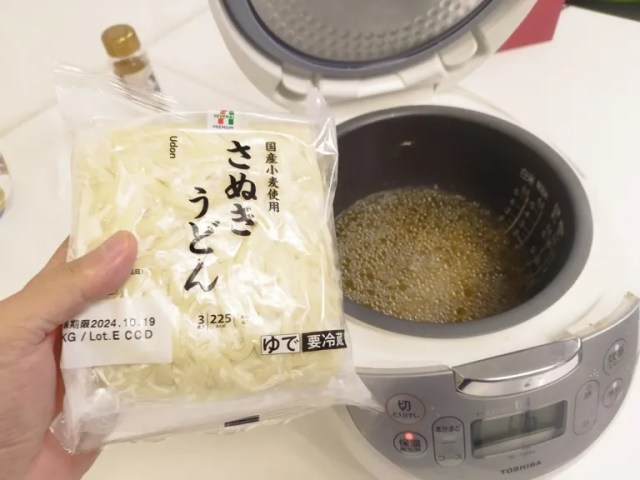
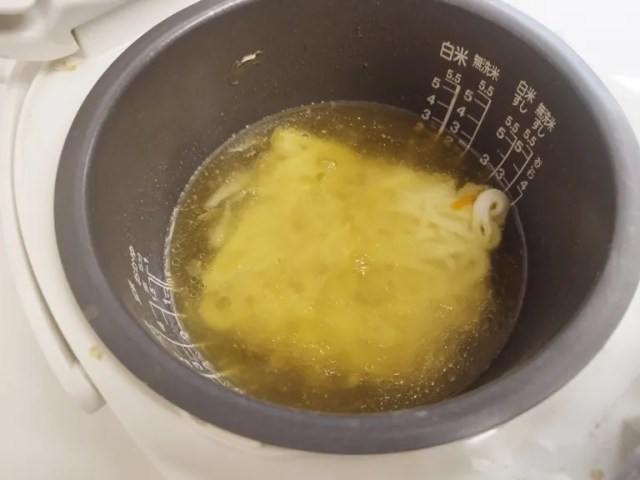
▼ Like many rice cookers, ours doesn’t allow you to set the timer in such small increments, so Seiji timed five minutes on his phone and then hit the stop button.
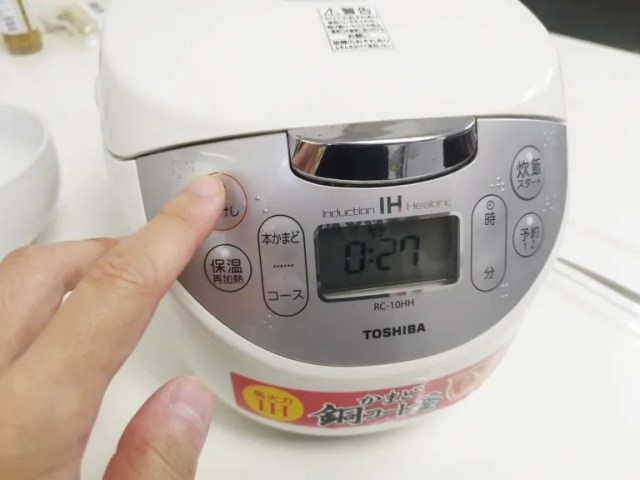
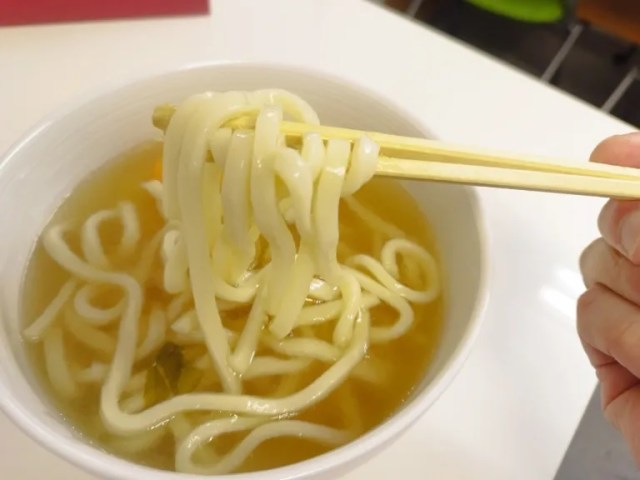
Once again, the rice cooker adeptly adapted its role, rewarding Seiji with nicely cooked udon to which he then added a raw egg, as is often the style in Japan, though not an absolute necessity.
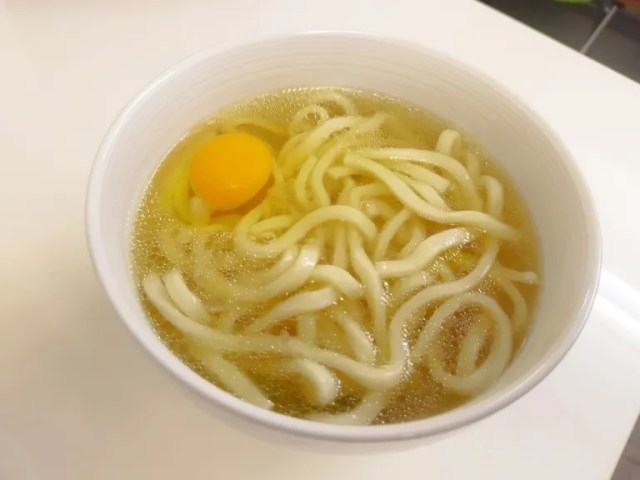
So yes, if you don’t have a team of junior sumo wrestlers making chanko nabe for you, a rice cooker is a viable substitute if you don’t want to do any actual cooking yourself.
Photos ©SoraNews24
● Want to hear about SoraNews24’s latest articles as soon as they’re published? Follow us on Facebook and Twitter!
Credit:

0 comments:
Post a Comment